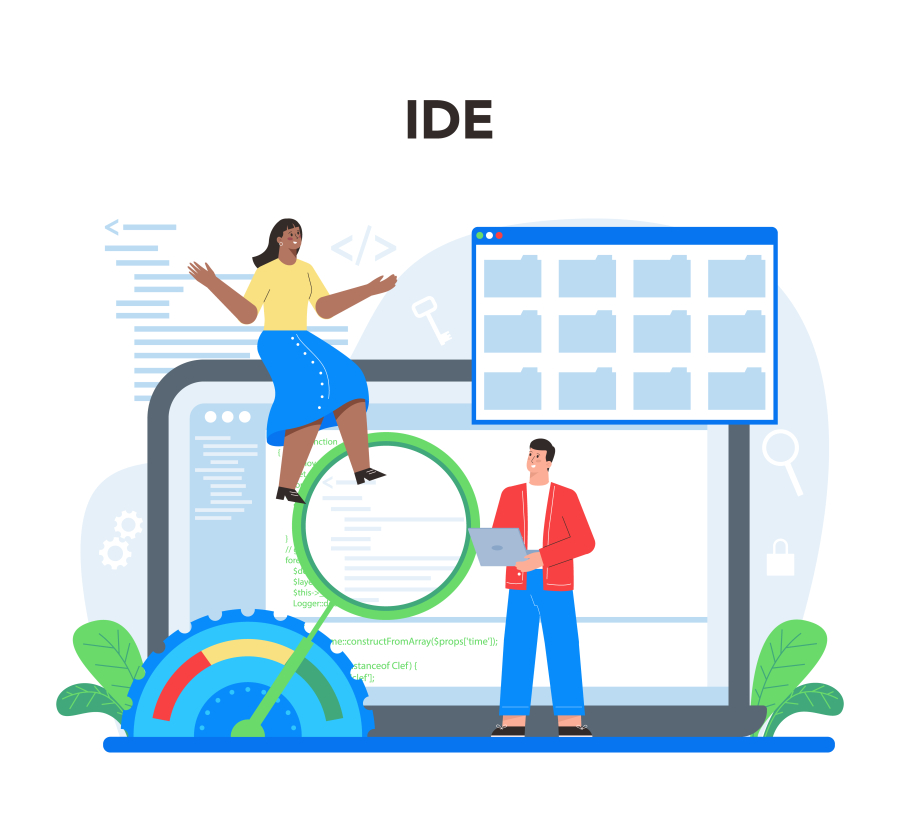Best Photo Editing Software in 2025
In today’s competitive digital world, professional photo editing isn’t just for seasoned photographers — it’s a must-have skill for freelancers, creators, marketers, and content strategists. Whether you shoot portraits, design eCommerce catalogs, manage social content, or build client brands, the right photo editing software can enhance your workflow and elevate your visual output.
At FreelancerBridge, we understand the importance of choosing tools that align with both your creative goals and your freelance business model. In this comprehensive guide, we review the best photo editing software in 2025 — comparing key features, pros and cons, pricing, and suitability for different freelancer needs.
Long Description: Best Photo Editing Software in 2025
1. Adobe Photoshop (2025 Edition)
Best for: Advanced retouching, graphic design, composite editing
Adobe Photoshop remains the gold standard in the industry — and in 2025, it's more powerful than ever. With AI-driven tools, real-time collaboration, and cloud-native integration, Photoshop continues to lead for those who need full creative control.
Key Features:
Generative Fill (AI-powered object replacement)
Neural Filters for automatic skin retouching
Smart Object enhancements
Layer-based non-destructive editing
Supports RAW, PSD, PNG, TIFF, and more
Cloud libraries and syncing across devices
Pros:
Industry-standard with powerful features
Extensive plugin ecosystem
Frequent updates and support
Cons:
Steep learning curve
Monthly subscription model
Pricing: Starting at $20.99/month (Creative Cloud)
2. Adobe Lightroom (Classic & CC)
Best for: Batch editing, photo cataloging, professional photographers
Lightroom is ideal for freelancers who need to manage large image libraries and apply consistent edits across multiple photos.
Key Features:
AI-powered subject masking
Preset marketplace and adaptive presets
Syncing between desktop and mobile
Built-in photo cataloging tools
RAW editing with camera-specific profiles
Pros:
Excellent for workflows and batch edits
Powerful color grading and tone control
Cloud and desktop versions available
Cons:
Limited compositing tools (compared to Photoshop)
Pricing: Included in Adobe Photography Plan ($9.99/month)
3. Capture One Pro 23
Best for: Studio photographers, color correction specialists
Capture One is known for its superior color rendering and tethered shooting capabilities. It is favored by professionals who want precise color control and RAW performance.
Key Features:
Layers and masking tools
Advanced color grading
Live View and tethering for studio setups
Presets and styles marketplace
Lens and camera-specific tuning
Pros:
Exceptional RAW quality
Efficient session-based workflow
Responsive interface
Cons:
Higher cost
Slightly complex for beginners
Pricing: $299/year or $24/month
4. Affinity Photo 2 (2025 Edition)
Best for: Freelancers seeking a Photoshop alternative without subscriptions
Affinity Photo is a powerful and affordable one-time purchase solution for editing, retouching, and compositing.
Key Features:
Advanced brush engine
Real-time live filters
32-bit HDR editing
PSD compatibility
Batch processing
Pros:
No subscription required
Performance-optimized for Mac and Windows
Great value for money
Cons:
Fewer integrations and third-party plugins
Pricing: One-time purchase at $69.99 (lifetime license)
5. Luminar Neo by Skylum
Best for: AI-powered editing, quick enhancements, creative freelancers
Luminar Neo uses AI to speed up complex edits like sky replacements, background removal, and portrait retouching — ideal for social media and digital branding.
Key Features:
Sky AI, Portrait AI, and Background AI
AI Relight and structure adjustments
Preset marketplace for fast styles
Non-destructive layering
Plug-in support for Photoshop and Lightroom
Pros:
Beginner-friendly
Speedy results
Stylish output for marketing and web
Cons:
Not ideal for high-volume workflows
Less manual control than traditional editors
Pricing: $9.95/month or $149 lifetime
6. Canva Pro (2025)
Best for: Social media managers, bloggers, content marketers
While Canva is not a full-featured photo editor like Photoshop, its simplicity and cloud-based convenience make it great for quick visual creation.
Key Features:
Background remover
Resize and crop tools
Templates and social media presets
Light photo enhancement and filters
Mobile editing features
Pros:
Extremely easy to use
Huge library of stock elements and templates
Ideal for non-photographers
Cons:
Limited manual editing tools
Not suitable for RAW or professional retouching
Pricing: $12.99/month (Pro)
7. ON1 Photo RAW 2025
Best for: Freelancers who want all-in-one RAW editing with AI tools
ON1 Photo RAW combines AI tools with traditional RAW processing for a balanced, feature-rich experience.
Key Features:
AI mask refinement
Noiseless AI noise reduction
Sky Swap AI
Integrated photo organizer
HDR and panorama stitching
Pros:
Strong RAW editing engine
One-time purchase or subscription
AI tools for speed and accuracy
Cons:
Interface can feel cluttered
Learning curve for advanced tools
Pricing: $99.99/year or $159.99 one-time
8. DxO PhotoLab 7
Best for: Optical corrections and RAW photo enhancement
DxO PhotoLab is focused on optical correction and automatic image enhancement, making it ideal for freelancers handling product photography or landscapes.
Key Features:
DeepPRIME noise reduction
Optical corrections based on lens and camera
Local adjustment tools
ClearView for haze reduction
Smart lighting optimization
Pros:
Best-in-class lens correction
Fast rendering with DeepPRIME
Clean and professional edits
Cons:
Lacks advanced design features
No layer support
Pricing: $139 (Essential), $219 (Elite)
9. GIMP (2025 Update)
Best for: Budget-conscious freelancers and open-source supporters
GIMP (GNU Image Manipulation Program) is an open-source photo editor offering many features of Photoshop without the cost.
Key Features:
Customizable interface
Layers, masks, and blending modes
Retouching tools and filters
Plugin ecosystem
Pros:
Free and community-supported
Great for learning fundamentals
Highly flexible for tech-savvy users
Cons:
Steeper learning curve
Lacks polish and AI tools found in paid apps
Pricing: Free
10. Pixlr X / E
Best for: Fast cloud-based photo editing
Pixlr is a browser-based photo editor with decent features for quick freelance work — perfect for quick turnarounds or editing on low-powered devices.
Key Features:
AI Cutout for background removal
Overlays, stickers, and templates
Web and mobile compatibility
One-click enhancements
Pros:
Cloud-based and lightweight
Useful for light editing on the go
Great for web/social media freelancers
Cons:
Limited RAW support
Ads on the free version
Pricing: Free, Premium from $7.99/month
Which Photo Editing Software Is Right for You?
Your choice depends on your freelance niche and workflow:
For photographers: Lightroom, Capture One, ON1 Photo RAW
For advanced retouching: Photoshop, Affinity Photo
For content creators: Luminar Neo, Canva, Pixlr
For budget users: GIMP, Affinity Photo
For optical perfectionists: DxO PhotoLab
Always test the trial versions before committing. Invest based on the type of projects you handle, the formats you need to deliver, and the time you can dedicate to editing.
Conclusion: Choose Smart Tools to Build a Smart Freelance Business
In 2025, the options for photo editing software are vast — but choosing the right one is about matching your creative needs with your freelance goals. Whether you're offering services in portrait retouching, real estate photography, product styling, or social content creation, your editing tool becomes a critical part of your business toolkit.
At FreelancerBridge, we help freelancers stay up-to-date with tools and strategies that increase both productivity and professionalism. With the right software in your hands, your editing can move from basic correction to bold visual storytelling — the kind that gets noticed, shared, and hired.


 by Emily
by Emily




